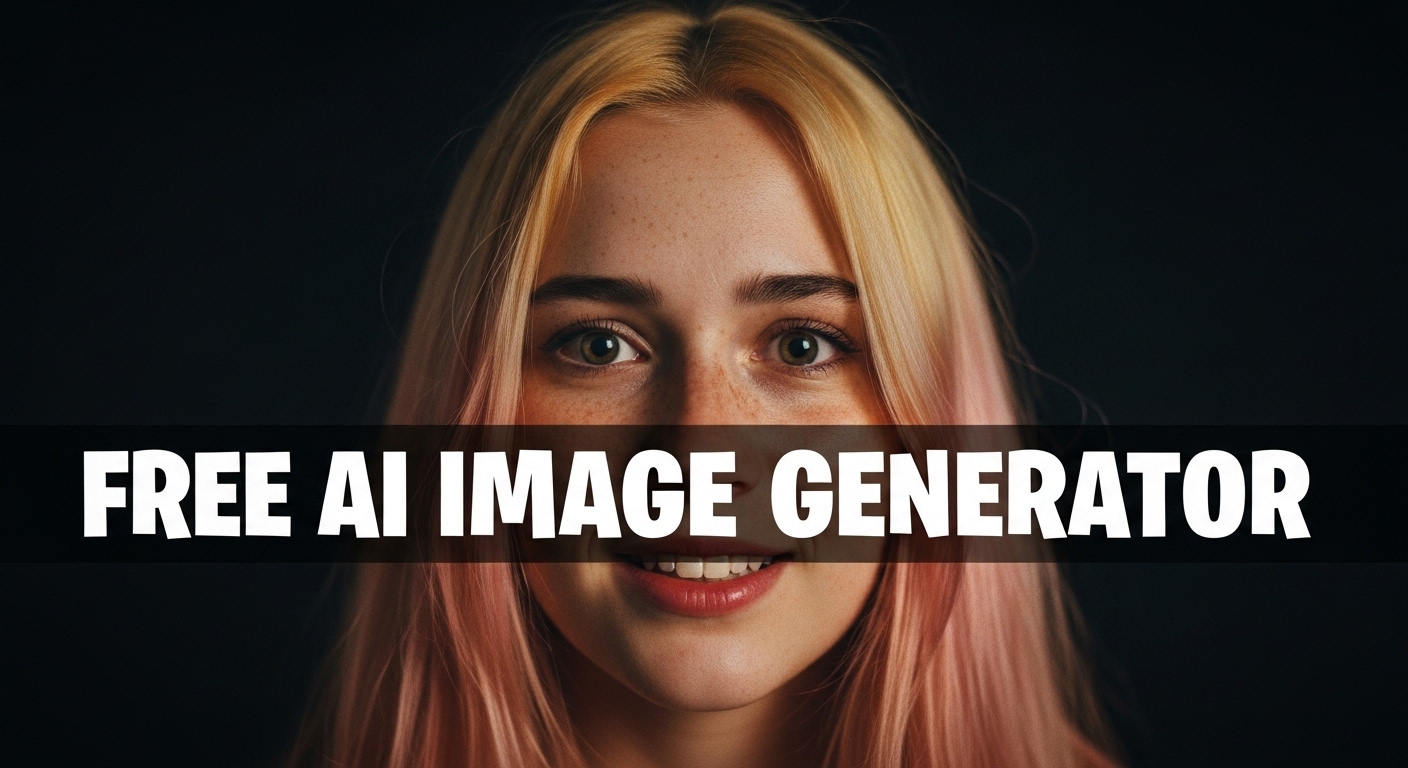Semi-Realistic Image Generator
Semi-Realistic Image Generator is a free online tool to generate semi-realistic style images. The tool is free to use, just enter prompt in semi-realistic style and generate semi-realistic image style in seconds similar quality to flux, midjourney, open ai, imagen, nano banana AI image quality.
Generate Semi-Realistic AI Image for Free
What is a semi-realistic Generator?
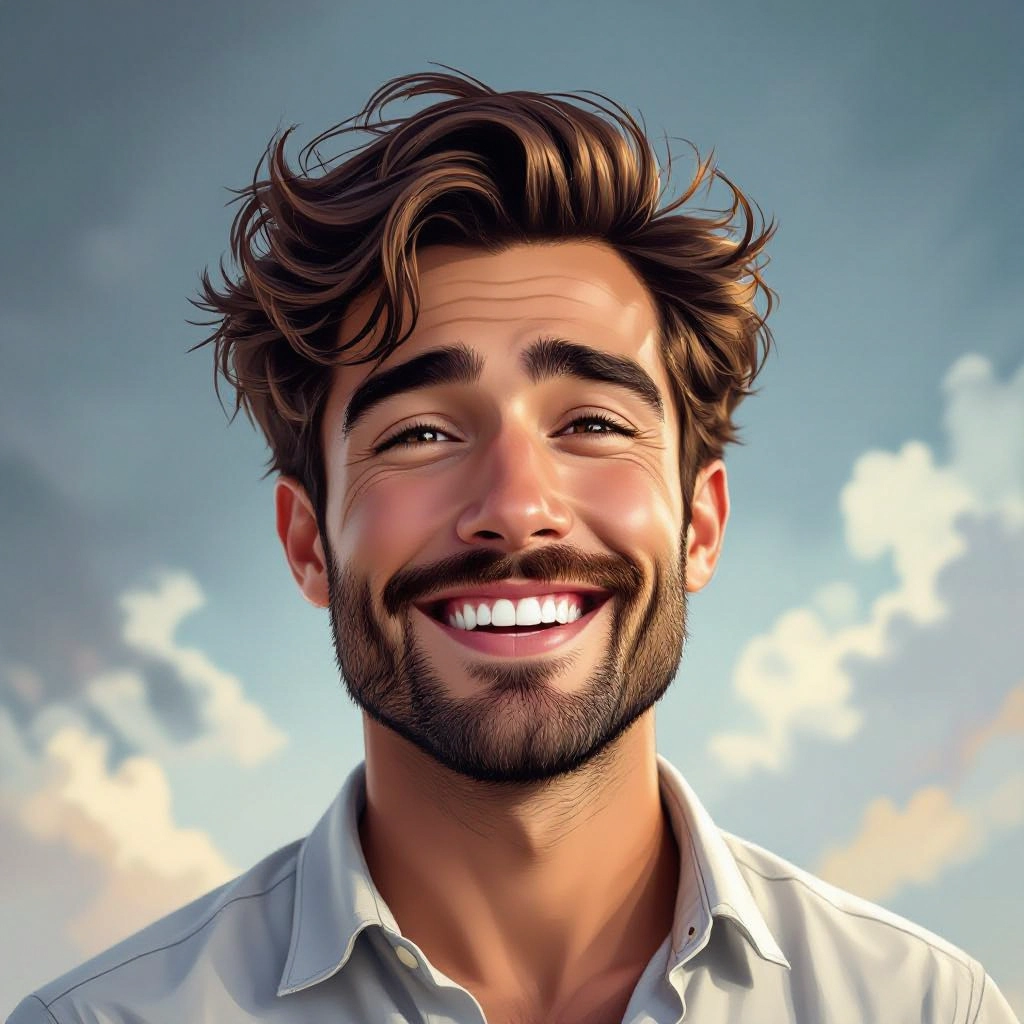
A semi-realistic generator is an AI image tool tuned to produce artwork that blends lifelike detail with artistic interpretation. It preserves key real-world cues such as realistic lighting, believable skin textures and natural proportions while permitting painterly edges, stylized color palettes and deliberate simplification of minor details. The result sits between pure photorealism and illustrative art, offering images that feel authentic but still visually curated.
Designers, concept artists, indie game developers and authors often use semi-realistic generators because they need believable visuals that remain adaptable. Marketers use the style for polished product imagery that is not strictly photographic. Hobbyists and social creators use it to craft distinctive portraits and stylized scenes that convey mood and narrative without losing grounding in reality.
How to Create semi-realistic Images
Start by defining the core subject and the level of realism you want, then craft a prompt that specifies texture, lighting and reference adjectives such as cinematic, soft-focus or crisp detail; next, iterate by adjusting camera angle, focal length and material cues like skin pores, fabric weave or specular highlights to refine realism; finally, use post-generation edits for color grading, contrast and selective sharpening to balance lifelike detail with the desired artistic flair.
Enter AI Semi-Realistic Prompt
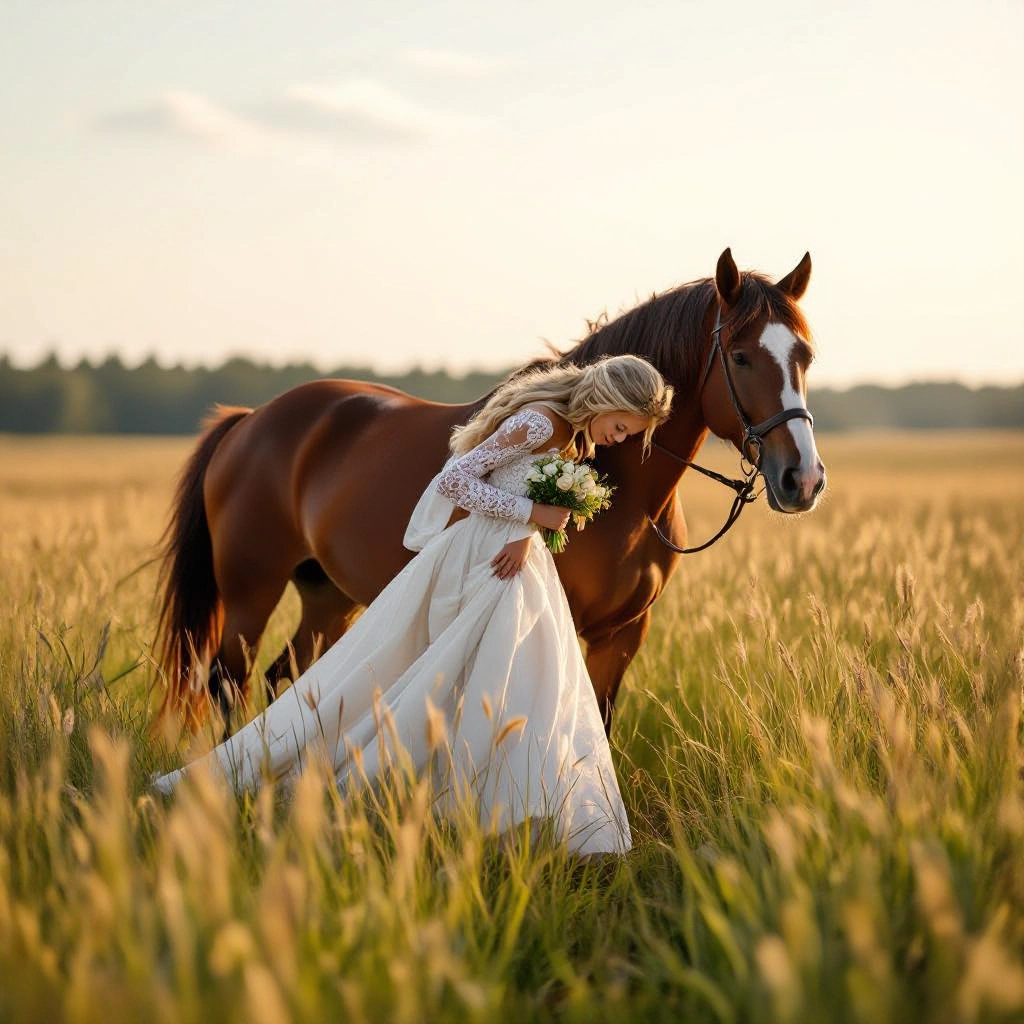
Type your semi-realistic character or scene description in the prompt box. Include details like character appearance, clothing, expressions, and setting to get better AI semi-realistic results.
Choose AI Model Settings
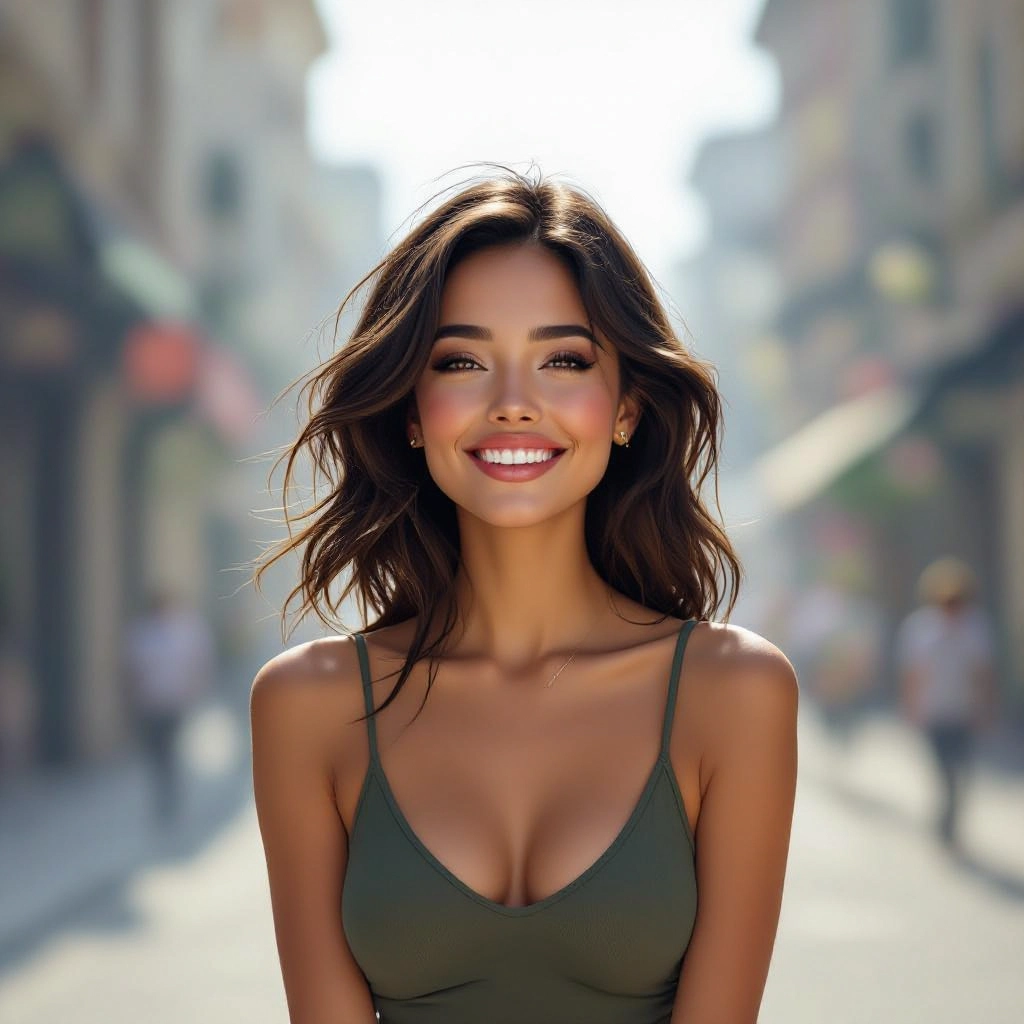
Select your preferred image size and aspect ratio. Our AI model delivers professional quality comparable to:
- • Flux AI Quality
- • Midjourney Standard
- • OpenAI DALL-E
- • Google Imagen
Download AI Semi-Realistic Image
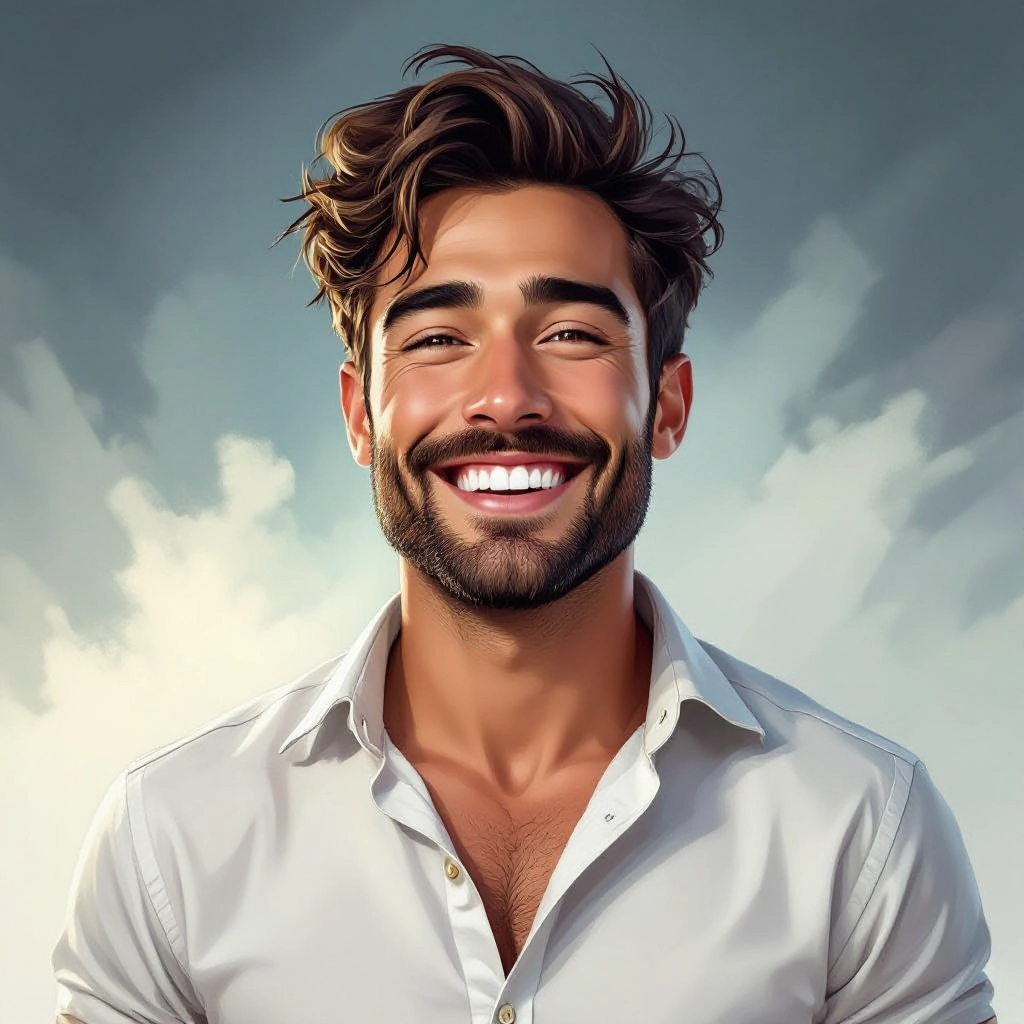
Once your AI semi-realistic image is generated, click the download button to save it to your device. The image will be in high quality format ready for use.
Features of AI semi-realistic Image Generator
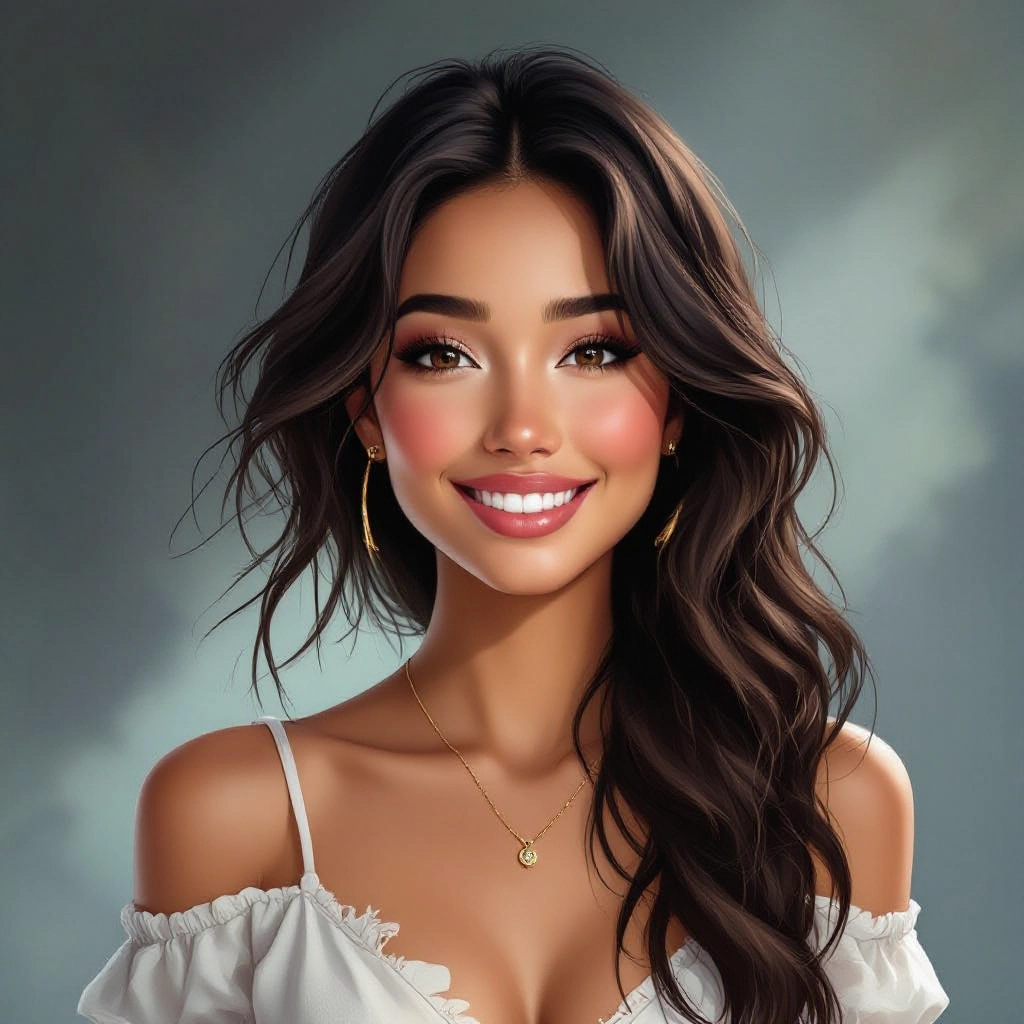
Realism Controls
Granular sliders and prompt tokens let you dial the realism level from soft, painterly render to near-photographic detail, controlling texture fidelity, edge softness and micro-detail emphasis specific to semi-realistic output.
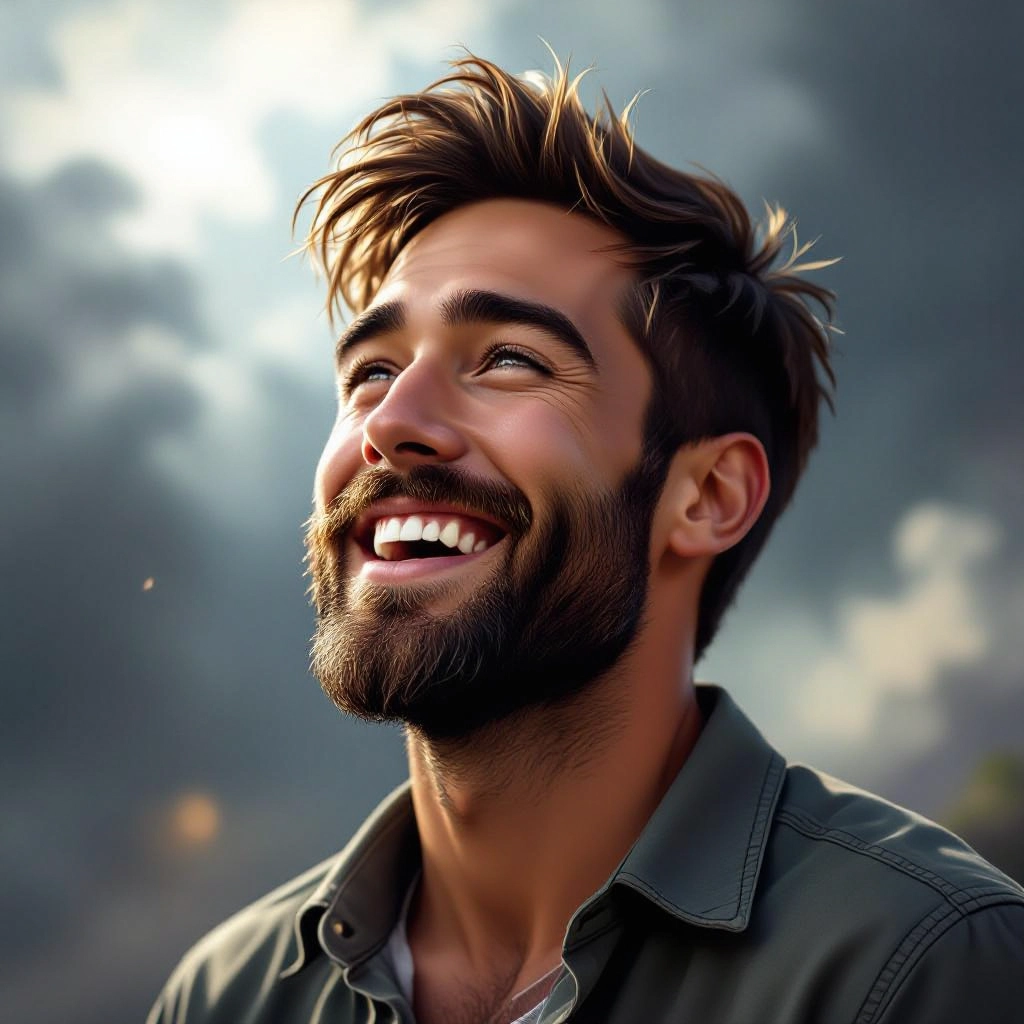
Lighting and Mood Presets
Prebuilt cinematic and studio lighting presets shape shadow hardness, rim light, and ambient occlusion to produce believable spatial depth while preserving artistic color treatments common to semi-realistic styles.

Material and Texture Focus
Tools to emphasize materials such as skin, fabric, metal and foliage help maintain realistic surface cues like subsurface scattering and weave patterns while allowing stylized exaggeration where desired.
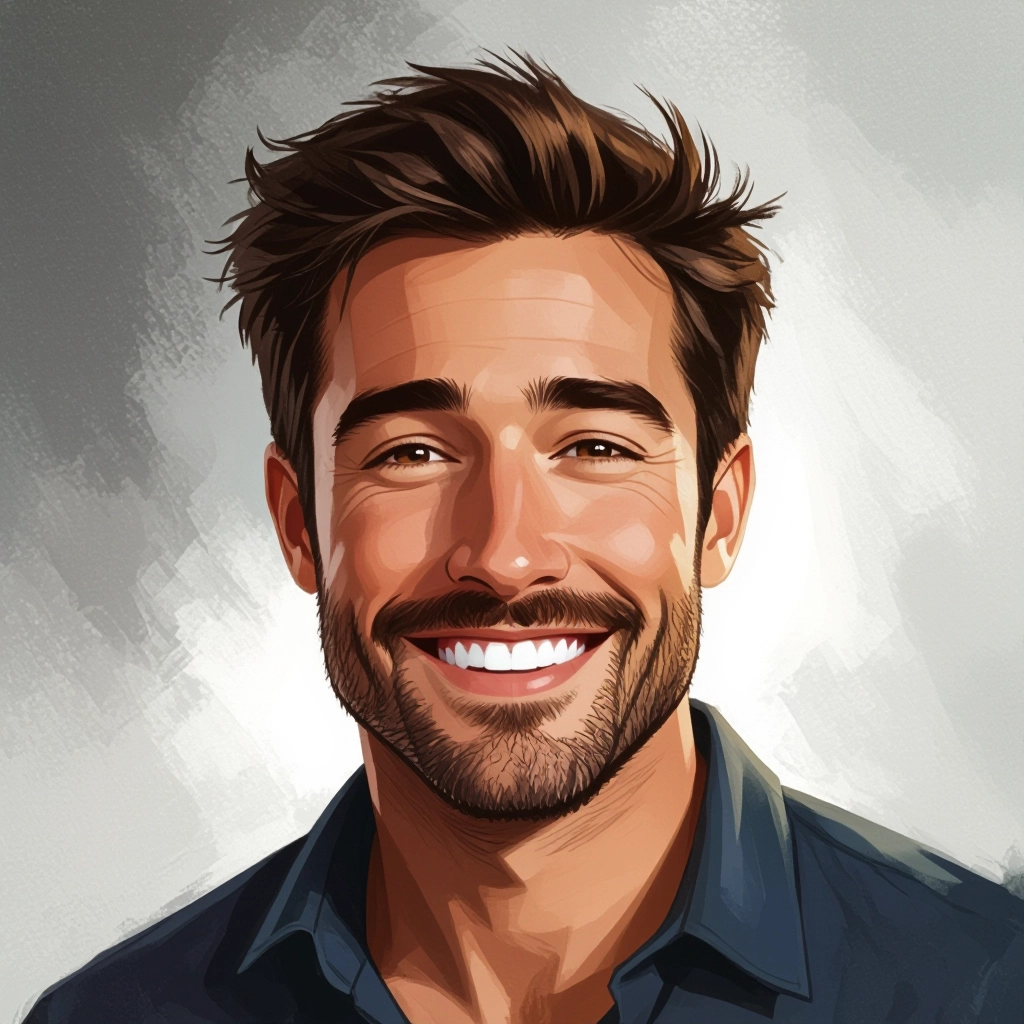
Portrait and Anatomy Optimization
Specialized models tuned for human features ensure natural proportions, accurate facial landmarks and plausible hair and eye detail, reducing common artifacts when generating semi-realistic characters.
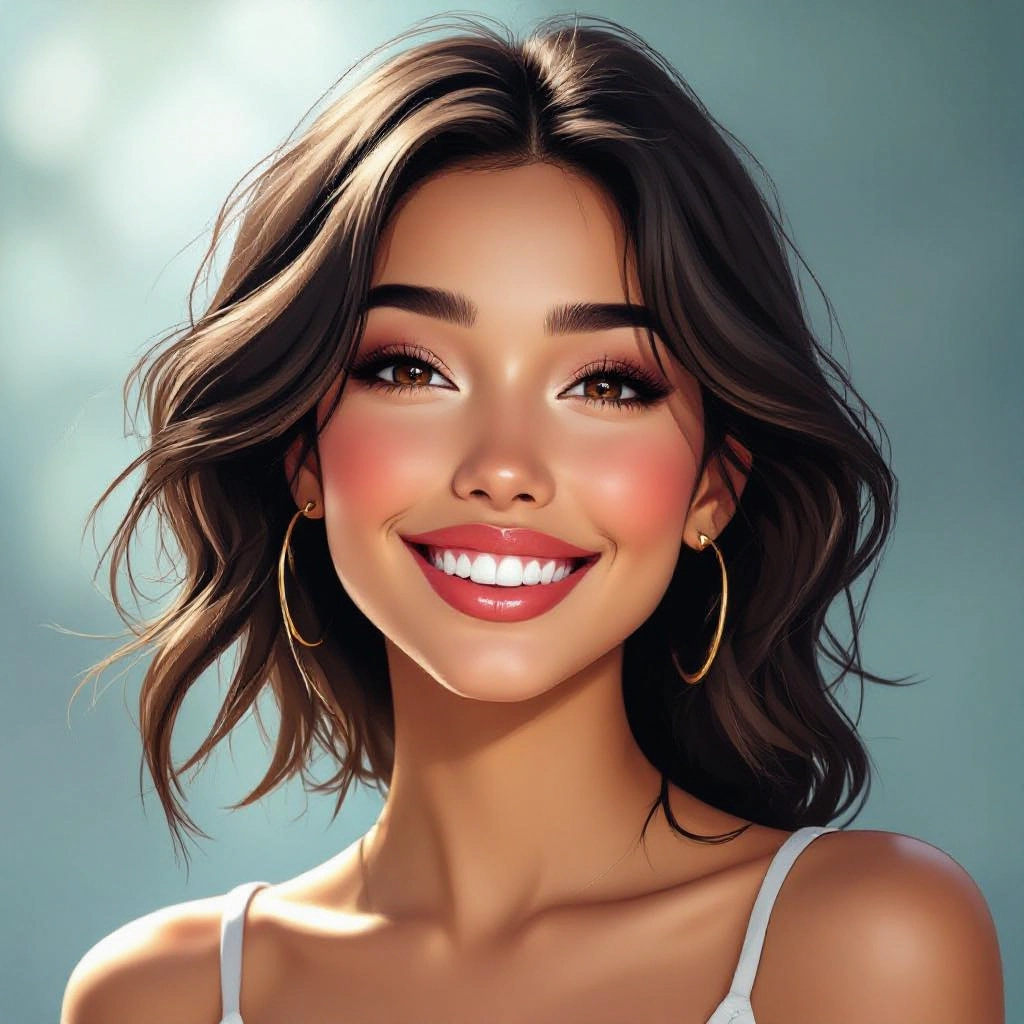
Fast Iteration and Upscaling
Rapid preview generations combined with multi-stage upscaling let you iterate concepts quickly and output high-resolution semi-realistic images suitable for print or digital presentation.
Types of AI Powered Semi-Realistic Style Images
Semi-realistic art covers a range of aesthetics. Below are common variations you can generate with targeted prompts and settings to evoke specific feelings while retaining believable visual cues.
Cinematic Semi-Realism
High-contrast lighting, shallow depth of field and filmic color grading that yield dramatic, emotionally charged portraits and scenes while keeping realistic skin texture and realistic light falloff.
Painterly Semi-Realism
Brushwork-inspired edges and layered textures that suggest paint strokes but maintain accurate anatomy and believable lighting, ideal for book covers and editorial art.
Photoreal-Leaning Semi-Realism
A stronger emphasis on photographic detail with fine pores, hair strands and realistic reflections, but with subtle stylization in color or composition to avoid pure photorealism.
Stylized Semi-Realism
Deliberate color palettes and simplified background elements while characters remain anatomically plausible, used for character sheets and branded visuals.
Fantasy Semi-Realism
Realistic texturing and lighting applied to fantastical subjects like dragons or magical landscapes, producing immersive scenes that feel tangible despite imaginary elements.
Anime-Adjacent Semi-Realism
A hybrid that keeps clean line structure and expressive features from anime while adding realistic shading, eye reflections and subtle skin detail to increase presence.
Applications of AI semi-realistic image style
Character Design
Rapidly generate believable character concepts with nuanced facial detail and expressive lighting to accelerate concept art and visual development for games and films.
Product Visualization
Create attractive, realistic product renders with controlled reflections and material cues that emphasize real-world detail while allowing stylized backgrounds for marketing use.
Book and Cover Art
Produce atmospheric, narrative-driven covers that balance realism and artistry to draw readers while conveying setting and mood effectively.
Game Concept Art
Craft semi-realistic environment and character concepts that provide art directors and developers with clear, believable visual references that remain flexible for iteration.
Advertising and Social Content
Generate eye-catching semi-realistic visuals that feel polished and authentic on social platforms, improving engagement without the cost of full photographic shoots.
Educational and Scientific Illustration
Produce clear, credible illustrations of subjects like anatomy, historical reconstructions or technical scenes where realism aids comprehension but artistic clarity is preserved.
FAQs about AI semi-realistic image generator
How do I control the realism level in outputs?
Adjust realism using explicit prompt terms like 'high detail', 'soft painterly edges', or 'photographic skin texture', and use the tool's realism slider if available. Combine with camera and lighting descriptors to fine-tune perceived realism.
What prompts produce believable skin and hair?
Include details such as skin type, age, pore visibility, hair strand definition, specular highlights and subsurface scattering. Example: 'mid-30s woman, warm skin tones, visible pores, soft rim light, natural hair strands.'
Can I use generated images commercially?
Commercial use depends on the platform terms and model licenses. Check the generator's usage policy and license before commercial deployment. For client work, export high-resolution files and retain prompt records for reproducibility.
How do I reduce artifacts in semi-realistic faces?
Iterate with tighter prompts that specify facial landmarks, reduce extreme stylization tokens and use reference images when possible. Post-process with subtle smoothing and local sharpening to correct small inconsistencies.
What post-processing is recommended?
Apply selective sharpening on eyes and details, mild denoising on backgrounds, color grading to unify palette and frequency separation for texture tweaks. Avoid over-editing to preserve the semi-realistic balance.
How long does it take to generate high-quality semi-realistic images?
Generation time varies by resolution and model. Quick previews can render in seconds, while high-resolution or multi-pass upscales may take several minutes. Plan iterations and use low-res previews for creative exploration.

Explore All Image Generators
More generators coming soon!
